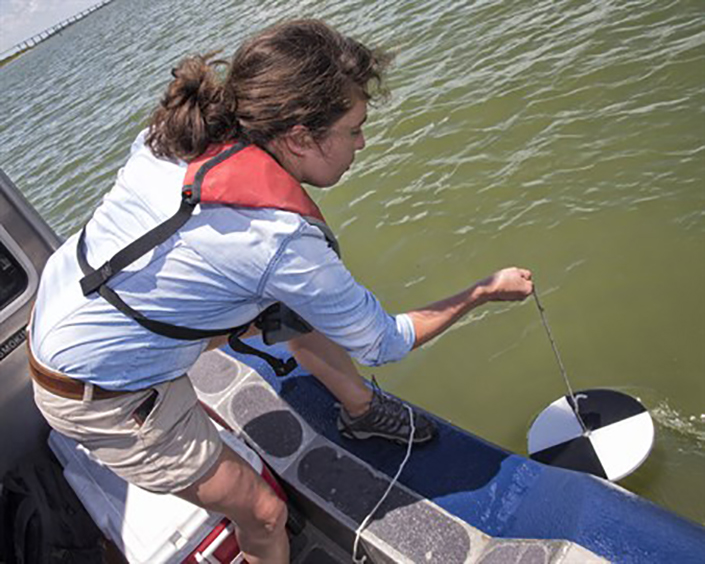A&M receives NIEHS Superfund Grant to conduct environmental research

Image: College of Veterinary Medicine & Biomedical Sciences
Texas A&M Superfund Research Center scientists from across campus will conduct four environmental research projects funded by a five-year, $10 million grant from the National Institute of Environmental Health Sciences (NIEHS).
Established in 1987, the NEIHS Superfund Research Program is a highly competitive grant-based program that funds a network of 16 university-based multidisciplinary research teams that study human health and environmental issues related to hazardous chemicals, with a goal of understanding the link between exposure and disease.
Texas A&M Superfund Center researchers, led by Ivan Rusyn, a professor in Department of Veterinary Integrative Biosciences in the College of Veterinary Medicine & Biomedical Sciences, and Anthony Knap, a professor in the Department of Oceanography and director of the Geochemical and Environmental Research Group in the College of Geosciences, will work to translate science into the practice of mitigating the health and environmental consequences of exposure to hazardous chemical mixtures.
“We’re a new center, so it’s a major accomplishment to join NIEHS grantees who work on Superfund, and we should be proud of that,” Rusyn said. “The reviewers said that our program was clearly one of those examples of when the entire program is even greater than the sum of its parts.”
Four funded projects will stem from a case study of a major storm coming through Galveston Bay and the Houston Ship Channel, examining the chemicals found within the sediment to understand the complexities of hazardous chemical exposures and potential adverse health impacts.
“There are a hundred years of chemicals in the sediment in the Galveston Bay due to the shallow depth, the proximity to a densely populated area, and concentration of many industries. A hurricane or major storm will dislodge and mobilize many of the legacy chemicals in that sediment and eventually deposit it on land. That creates a completely new contamination and human exposure scenario,” Knap said. “When that happened with Hurricane Ike almost 10 years ago, the local and state authorities had to act on general, standard procedures, not the most relevant scientific evidence about this particular event.”
Environmental emergencies create issues that need to be solved right now, Rusyn said.
“We cannot afford to just tell people to wait 50 years,” Rusyn said. “It can’t be ‘we’ll figure it out,’” Decisions need to be made quickly and based on sound science, a challenge that our center will address.”
The goal of the program is to create packages that will serve as “how-tos” for affected areas during any form of environmental emergency situation, from weather-related disasters to chemical spills to industrial accidents.
“We’re developing tools that can quickly determine the type of hazard and which concentrations could cause a problem,” Knap said. “This is where a ‘whole mixtures’ theme is important, because traditional decision-making is done one chemical at a time, but humans are exposed to mixtures of chemicals and, especially in these emergency situations, we don’t know the identities of the individual chemicals or their potential toxicities.”
Texas A&M Superfund researchers represent the colleges of Veterinary Medicine & Biomedical Sciences, Medicine, Geosciences, Engineering, and Science; the School of Public Health; and the Texas A&M Health Science Center. Partners include North Carolina State University, the University of North Carolina-Chapel Hill, Baylor College of Medicine and the federal Pacific Northwest National Laboratory.

